Home>Gardening & Outdoor>Garden Tools & Equipment>How To Turn On A Lawnmower


Garden Tools & Equipment
How To Turn On A Lawnmower
Modified: March 2, 2024
Learn how to properly turn on a lawnmower and get your garden tools and equipment ready for a successful mowing season. Master the essential steps for a smooth start-up!
(Many of the links in this article redirect to a specific reviewed product. Your purchase of these products through affiliate links helps to generate commission for Storables.com, at no extra cost. Learn more)
Introduction
Welcome to the world of lawn care! Whether you're a seasoned gardener or just starting to explore the joys of maintaining a lush, green lawn, knowing how to operate a lawnmower is essential. Picture this: it's a beautiful morning, the sun is shining, and you're eager to give your lawn a well-deserved trim. You walk over to your lawnmower, ready to tackle the task at hand, but then you realize that you're not quite sure how to start it. Don't worry – I'm here to guide you through the process of turning on a lawnmower with ease.
In this comprehensive guide, we'll cover everything you need to know about starting a lawnmower, from essential safety precautions to troubleshooting common issues. By the end of this article, you'll feel confident and empowered to kickstart your lawnmower and transform your lawn into a pristine outdoor oasis.
So, grab your gardening gloves and let's dive into the world of lawnmower operation. Whether you have a traditional gas-powered lawnmower or a modern electric model, the principles of starting these machines share common threads. Let's embark on this journey together and equip you with the knowledge and skills to effortlessly turn on your lawnmower, ensuring that your lawn maintenance endeavors are not only efficient but also enjoyable.
Key Takeaways:
- Prioritize safety by inspecting the mowing area, wearing protective gear, and checking fuel and oil levels before starting your lawnmower. This ensures a smooth and secure mowing experience.
- Master adjusting the choke and pulling the starter rope to effortlessly start your lawnmower. Troubleshoot common issues to maintain a reliable and efficient machine for a beautifully manicured lawn.
Read more: How To Turn Off A Lawnmower
Safety Precautions
Before delving into the process of starting a lawnmower, it’s crucial to prioritize safety. Operating a lawnmower involves handling powerful machinery, and taking the necessary precautions can prevent accidents and ensure a smooth mowing experience. Here are some essential safety measures to keep in mind:
- Read the Manual: Familiarize yourself with the specific safety guidelines and operational instructions outlined in the lawnmower’s manual. Different models may have unique features and requirements, so understanding the manufacturer’s recommendations is paramount.
- Inspect the Area: Before starting the lawnmower, survey the mowing area for any obstacles, debris, or potential hazards. Clear the lawn of rocks, branches, toys, and other objects that could be propelled by the lawnmower’s blades.
- Wear Protective Gear: Prior to starting the lawnmower, don appropriate safety gear, including sturdy footwear, safety goggles, and hearing protection. If using a gas-powered mower, wear gloves to handle the fuel and oil.
- Check for Fuel Leaks: If you have a gas-powered lawnmower, inspect the fuel tank for any leaks or spills. Ensure that the fuel cap is securely fastened to prevent any potential accidents due to fuel seepage.
- Inspect the Blades: Regularly examine the lawnmower’s blades for signs of wear, damage, or dullness. Sharp blades are essential for efficient mowing and reduce the risk of the mower kicking up debris.
- Secure the Area: Keep pets, children, and bystanders at a safe distance from the lawnmower while it’s in operation. Establish clear boundaries to prevent any accidental contact with the machine.
By adhering to these safety precautions, you can create a secure environment for operating your lawnmower. Prioritizing safety not only safeguards you and those around you but also contributes to a more enjoyable and stress-free mowing experience.
Checking the Fuel and Oil Levels
Before starting your lawnmower, it’s essential to ensure that it is adequately fueled and lubricated. Both fuel and oil play integral roles in the proper functioning of the lawnmower’s engine, and neglecting these crucial components can lead to performance issues and potential damage. Here’s how you can check and manage the fuel and oil levels:
- Fuel Check: If you have a gas-powered lawnmower, verify that there is sufficient fuel in the tank. Running out of fuel during mowing can disrupt the process and potentially harm the engine. Ensure that the fuel level is above the minimum requirement indicated by the manufacturer.
- Oil Inspection: Check the oil level in the lawnmower’s engine. Most modern lawnmowers are equipped with a dipstick for oil level assessment. If the oil level is low, carefully add the appropriate type of oil recommended by the manufacturer. Be mindful not to overfill the oil reservoir.
- Use the Right Fuel: When refueling your gas-powered lawnmower, use the type of fuel specified in the manual. Typically, this involves using unleaded gasoline with the appropriate octane rating. Avoid using stale or contaminated fuel, as it can adversely affect the engine’s performance.
- Oil Quality: Ensure that the oil in your lawnmower is clean and free from debris or contaminants. Regularly changing the oil according to the manufacturer’s recommendations is crucial for maintaining the engine’s longevity and efficiency.
By regularly monitoring the fuel and oil levels in your lawnmower, you can proactively address any deficiencies and optimize the machine’s performance. This simple yet critical maintenance routine contributes to the smooth operation of your lawnmower and ensures that it remains in top condition for all your lawn care needs.
Adjusting the Choke
When starting a gas-powered lawnmower, adjusting the choke is a pivotal step that facilitates the engine’s smooth ignition. The choke serves to regulate the air and fuel mixture entering the engine, especially during the initial startup phase. Here’s a step-by-step guide to adjusting the choke on your lawnmower:
- Locate the Choke: Familiarize yourself with the location of the choke lever or knob on your lawnmower. Typically, it is positioned near the engine and may be labeled with “choke” or “start” for easy identification.
- Initial Position: Before attempting to start the lawnmower, set the choke to the “closed” or “full” position. This restricts the airflow, enriching the fuel mixture to facilitate the cold start of the engine.
- Starting the Engine: With the choke in the closed position, engage the lawnmower’s starting mechanism, such as the pull-start rope or electric starter. The engine should begin to turn over, initiating the combustion process.
- Adjusting the Choke: Once the engine has started and warmed up for a brief period, gradually adjust the choke to the “open” or “run” position. This allows for a leaner air-fuel mixture suited for normal engine operation.
- Observing Engine Behavior: Pay attention to the engine’s behavior as you adjust the choke. If the engine struggles or stalls when the choke is opened, it may indicate that the engine requires additional warm-up time before running smoothly without the choke.
Understanding how to adjust the choke on your lawnmower is pivotal for achieving a successful and seamless engine startup. By mastering this essential technique, you can optimize the engine’s performance and ensure that it operates efficiently throughout the mowing process.
Before starting the lawnmower, check the oil and gas levels. Then, prime the engine by pressing the primer bulb a few times. Next, set the choke to the “start” position and pull the starter cord firmly. Once the engine starts, gradually move the choke to the “run” position.
Pulling the Starter Rope
For gas-powered lawnmowers, initiating the engine involves the physical action of pulling the starter rope. This process kickstarts the engine’s combustion cycle, setting the stage for efficient mowing. Here’s a detailed guide on effectively pulling the starter rope to start your lawnmower:
- Priming the Engine (Optional): Some gas-powered lawnmowers feature a primer bulb that assists in fuel delivery to the carburetor. If your lawnmower is equipped with a primer, press it a few times to ensure that the engine receives an adequate amount of fuel for ignition.
- Grasping the Starter Handle: Firmly grip the starter handle, ensuring a secure and comfortable hold. Position yourself in a stable stance, bracing your body to provide steady resistance when pulling the rope.
- Engaging the Safety Mechanism: Before pulling the starter rope, ensure that any designated safety features, such as the operator presence control (OPC) handle, are engaged. These safety mechanisms are designed to prevent accidental starts and enhance user protection.
- Smooth and Controlled Pull: With a firm grip on the starter handle, pull the rope in a smooth and controlled manner. Avoid jerky or erratic motions that could strain the engine or compromise the starting mechanism.
- Repeat as Needed: If the engine does not start on the first pull, gently release the starter rope and repeat the pulling process. Exercise patience and avoid excessive force, as persistent tugging can strain the lawnmower’s engine and starting components.
- Storing the Starter Rope: After the engine has successfully started, carefully guide the starter rope back into its housing, ensuring that it is neatly stowed away to prevent entanglement or damage.
Mastering the art of pulling the starter rope is essential for seamlessly initiating your lawnmower’s engine. By following these steps and exercising care and precision, you can confidently start your gas-powered lawnmower and embark on a productive mowing session, achieving pristine results with each pass across your lawn.
Read more: How To Winterize A Lawnmower
Troubleshooting Common Issues
While starting a lawnmower is typically a straightforward process, occasional challenges may arise that hinder the engine’s ignition. Understanding and addressing common issues can help you overcome potential obstacles and get your lawnmower up and running smoothly. Here are some troubleshooting tips for addressing common starting problems:
- Check the Spark Plug: A fouled or worn spark plug can impede the engine’s startup. Inspect the spark plug for signs of wear, corrosion, or carbon buildup. If necessary, clean or replace the spark plug according to the manufacturer’s recommendations.
- Assess the Air Filter: A clogged or dirty air filter can restrict airflow to the engine, affecting combustion. Remove the air filter and inspect it for dirt and debris. Clean or replace the air filter as needed to ensure optimal engine performance.
- Verify Fuel Quality: Stale or contaminated fuel can hinder the engine’s ignition. If the lawnmower has been idle for an extended period, consider draining the old fuel and refilling the tank with fresh, clean gasoline to facilitate smooth starting.
- Inspect the Fuel System: Check for fuel system issues such as clogged fuel lines or a malfunctioning fuel pump. Ensure that fuel flows freely to the engine and that the fuel delivery components are in good working condition.
- Assure Proper Choke Operation: If the engine struggles to start, verify that the choke is functioning correctly. Ensure that it closes fully during startup and gradually opens as the engine warms up, facilitating the transition to normal running conditions.
- Address Ignition System Problems: If the engine fails to start, assess the ignition system components, including the ignition coil and associated wiring. Faulty ignition components can disrupt the starting process and may require professional attention or replacement.
By systematically troubleshooting common starting issues, you can identify and resolve potential obstacles that may hinder your lawnmower’s performance. Regular maintenance and proactive problem-solving contribute to a reliable and efficient lawnmower that consistently delivers outstanding results during each mowing session.
Conclusion
Congratulations! You’ve now gained a comprehensive understanding of how to turn on a lawnmower, from prioritizing safety precautions to troubleshooting common starting issues. Armed with this knowledge, you’re well-equipped to embark on your lawn maintenance endeavors with confidence and expertise.
As you prepare to start your lawnmower for the next mowing session, remember to prioritize safety by inspecting the mowing area, wearing appropriate protective gear, and adhering to the manufacturer’s safety guidelines. Ensuring that your lawnmower is fueled, lubricated, and well-maintained sets the stage for a successful startup and a seamless mowing experience.
Adjusting the choke, pulling the starter rope, and troubleshooting potential issues are integral components of the lawnmower-starting process. By mastering these techniques and addressing any starting challenges that may arise, you can optimize your lawnmower’s performance and maintain a pristine lawn with ease.
As you venture into the world of lawn care, remember that regular maintenance and attentive care for your lawnmower are key to its longevity and reliability. By incorporating these practices into your lawn care routine, you’ll not only achieve exceptional results but also prolong the life of your trusty lawnmower.
So, the next time you’re greeted by your lush green lawn, you can confidently approach your lawnmower, knowing that you have the expertise to start it effortlessly and embark on a rewarding mowing session. With your newfound knowledge and skills, you’re poised to elevate your lawn care endeavors and revel in the satisfaction of a beautifully manicured lawn.
Now, go ahead and kickstart that lawnmower – your lawn awaits!
Frequently Asked Questions about How To Turn On A Lawnmower
Was this page helpful?
At Storables.com, we guarantee accurate and reliable information. Our content, validated by Expert Board Contributors, is crafted following stringent Editorial Policies. We're committed to providing you with well-researched, expert-backed insights for all your informational needs.
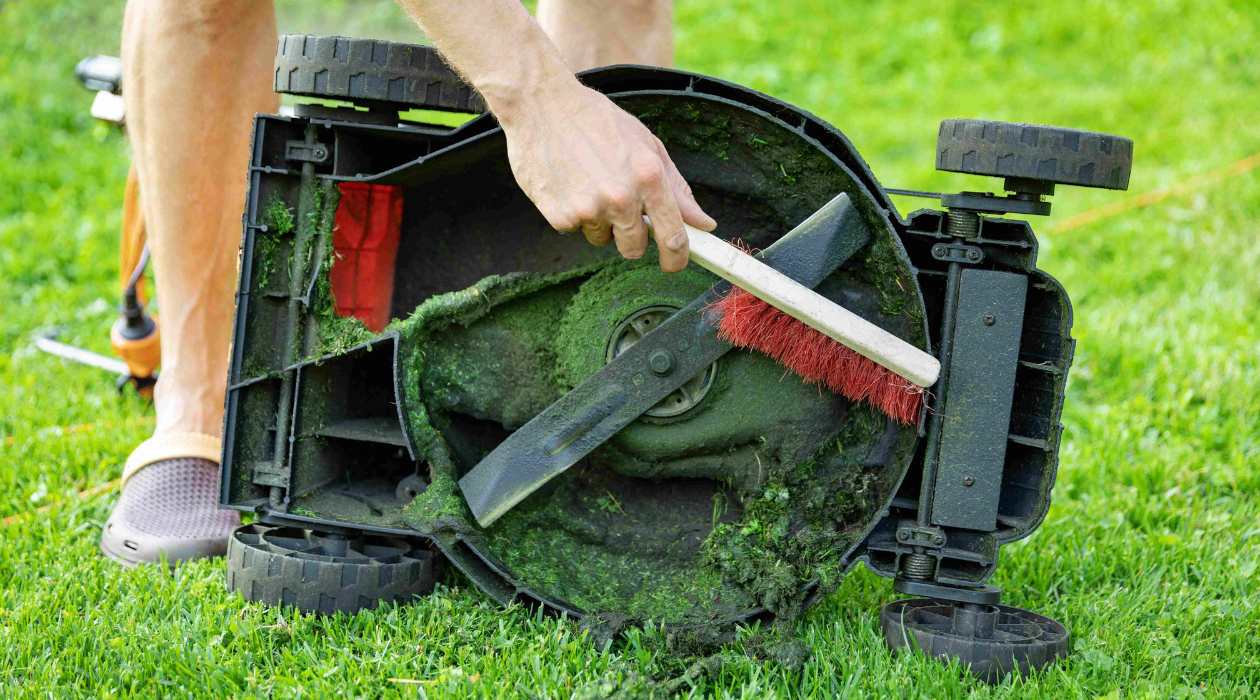
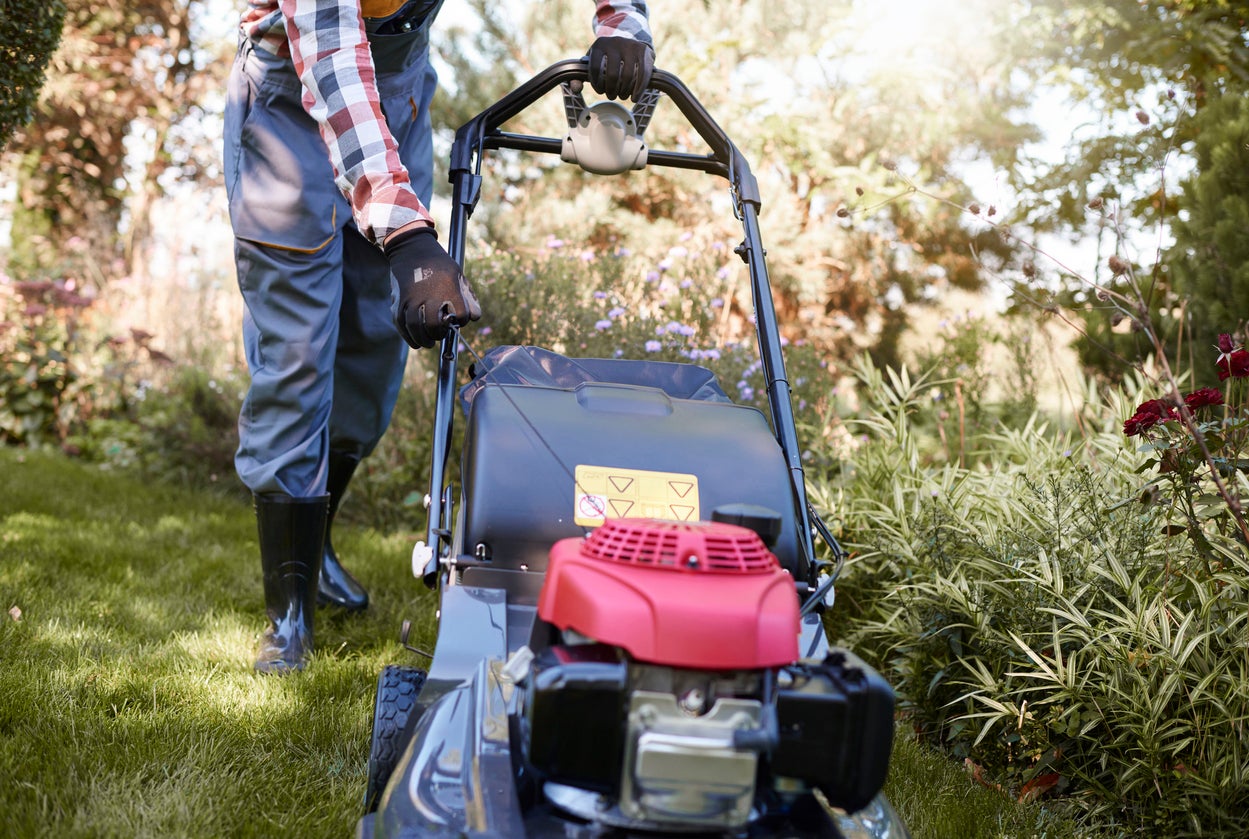
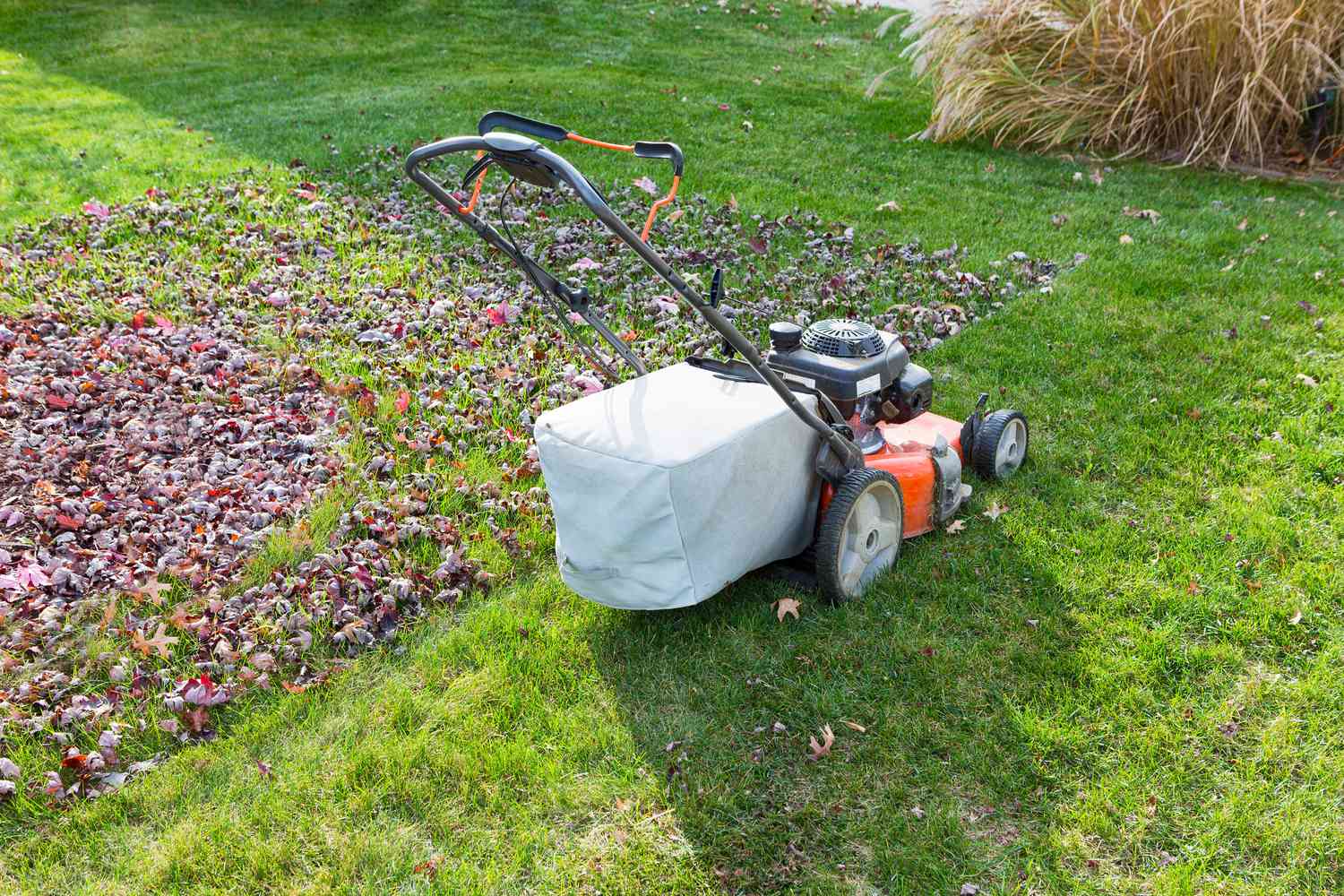
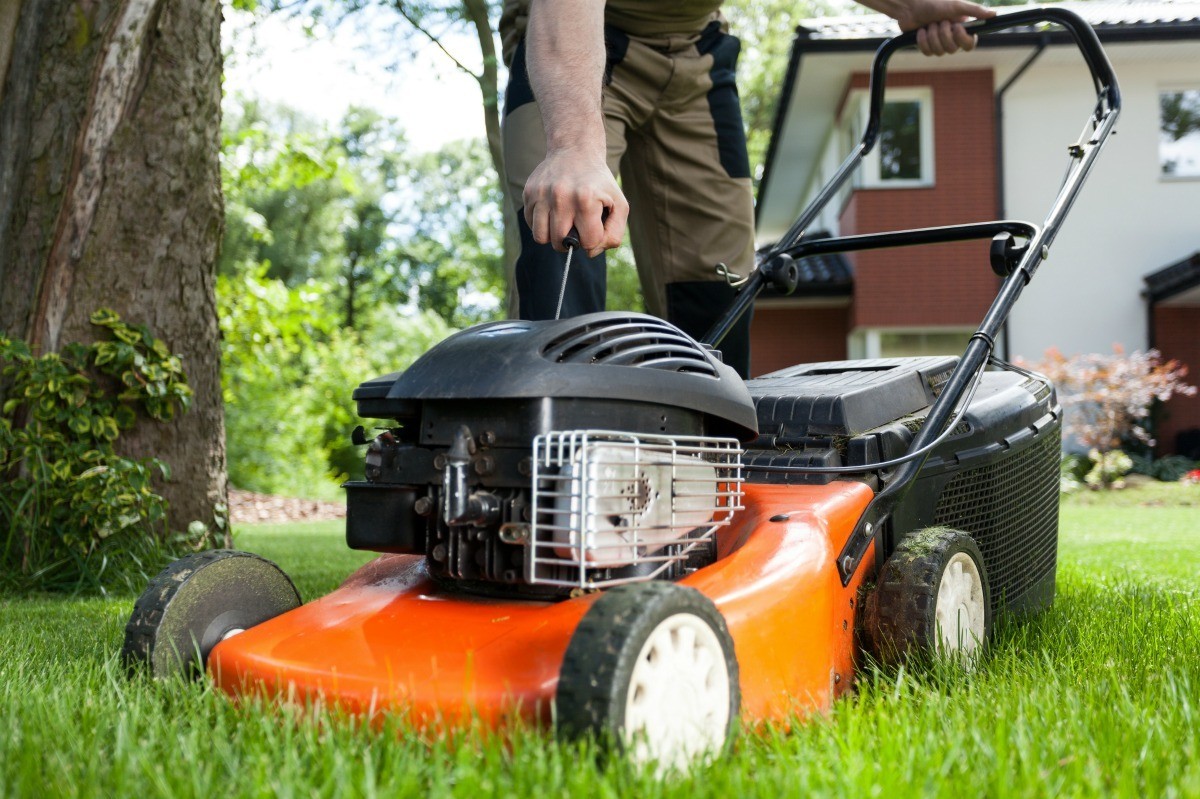
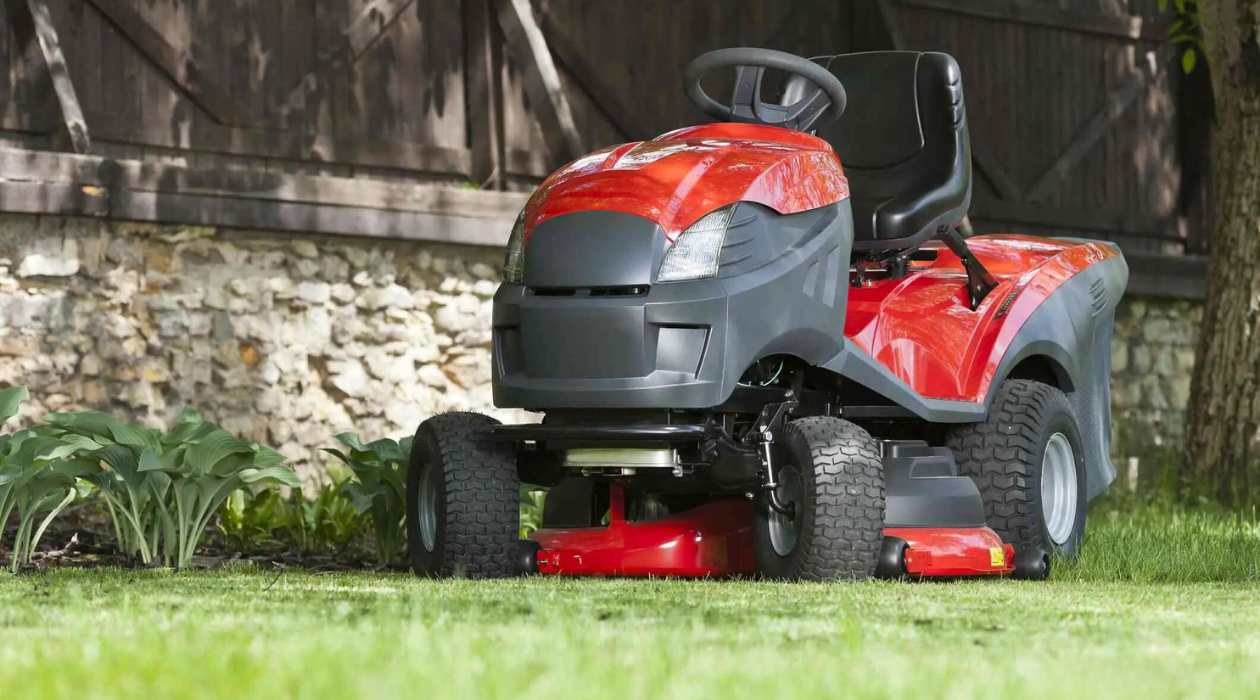
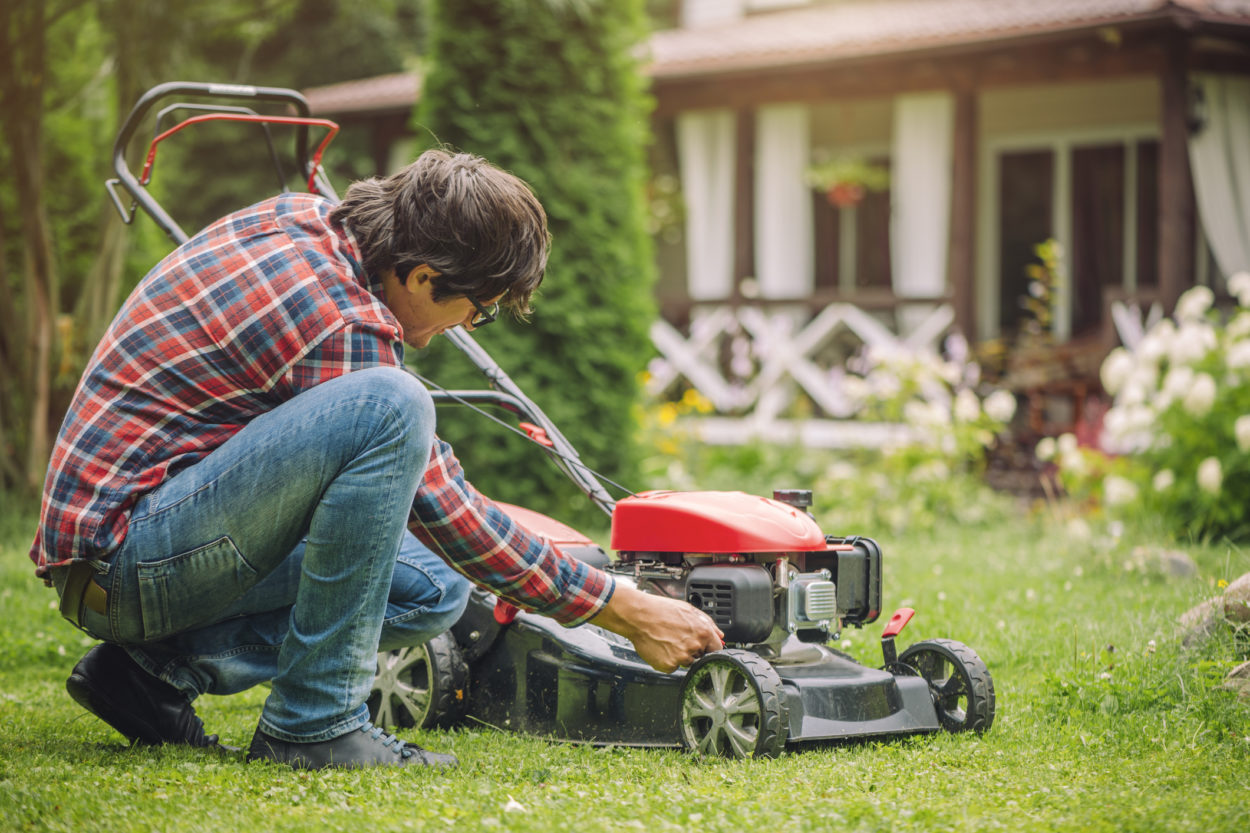

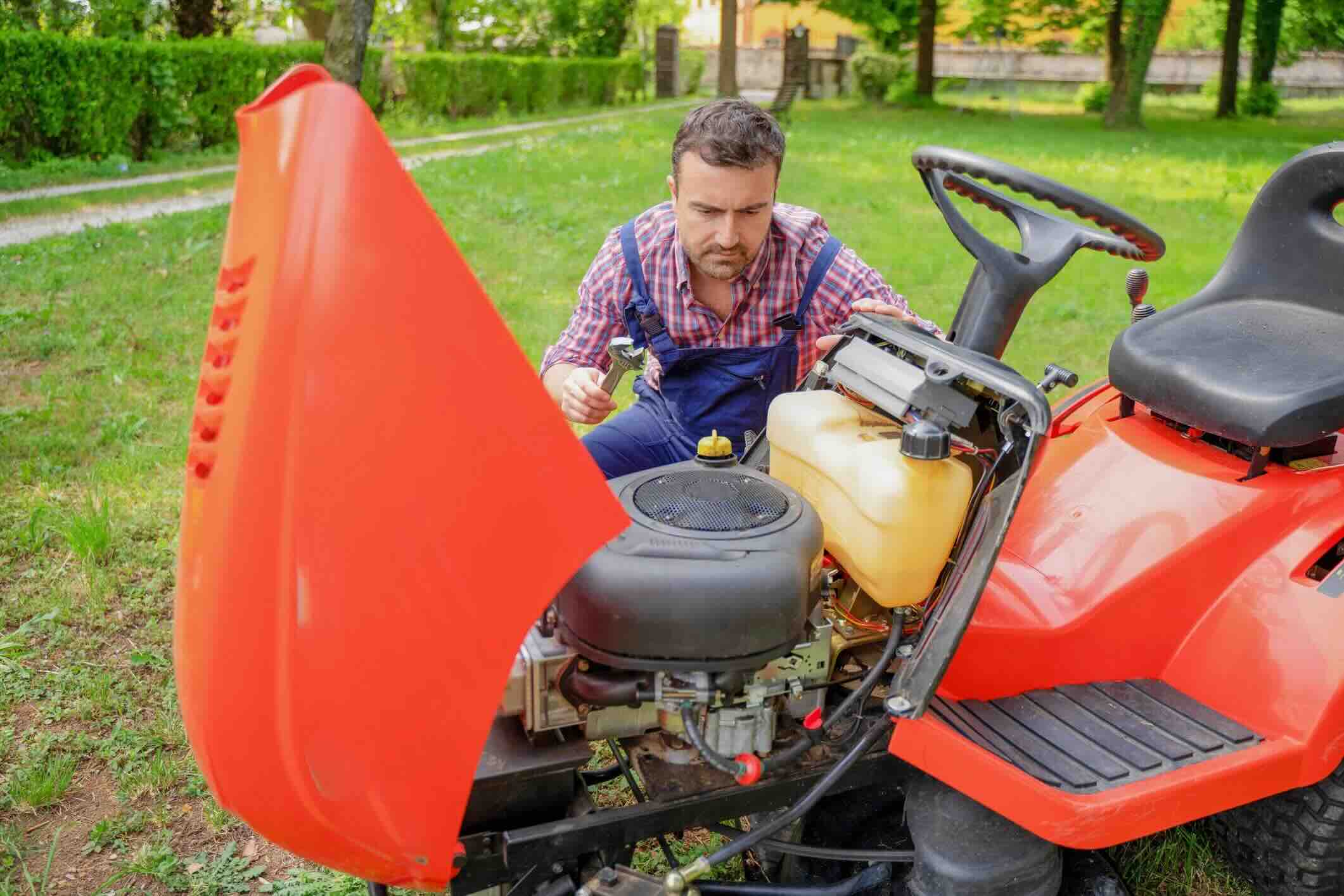
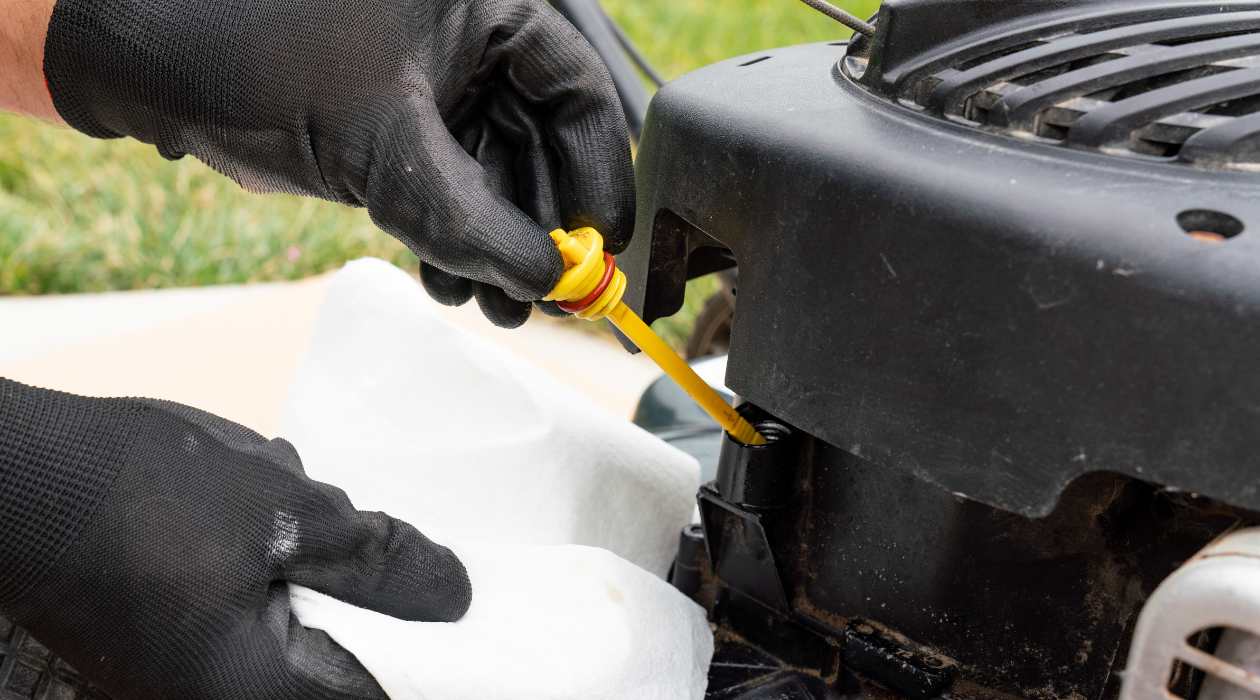
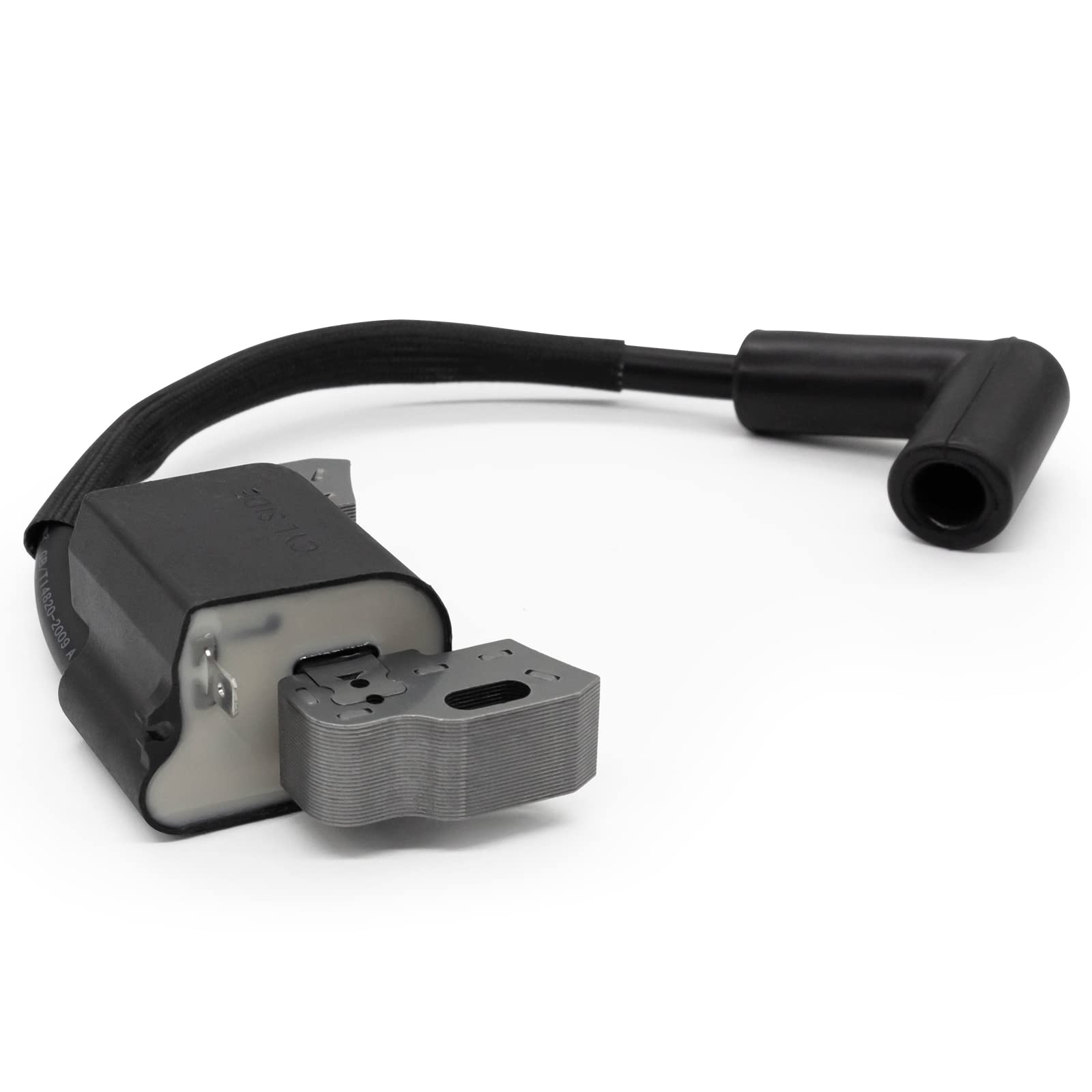
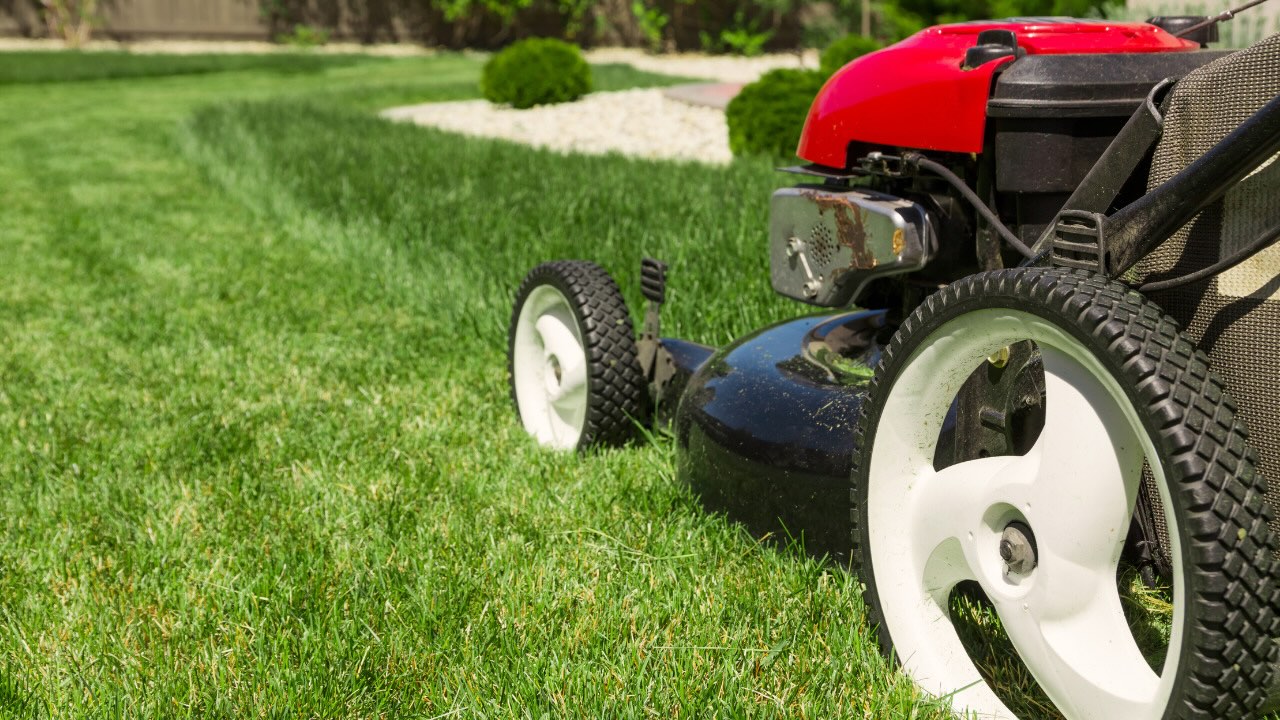
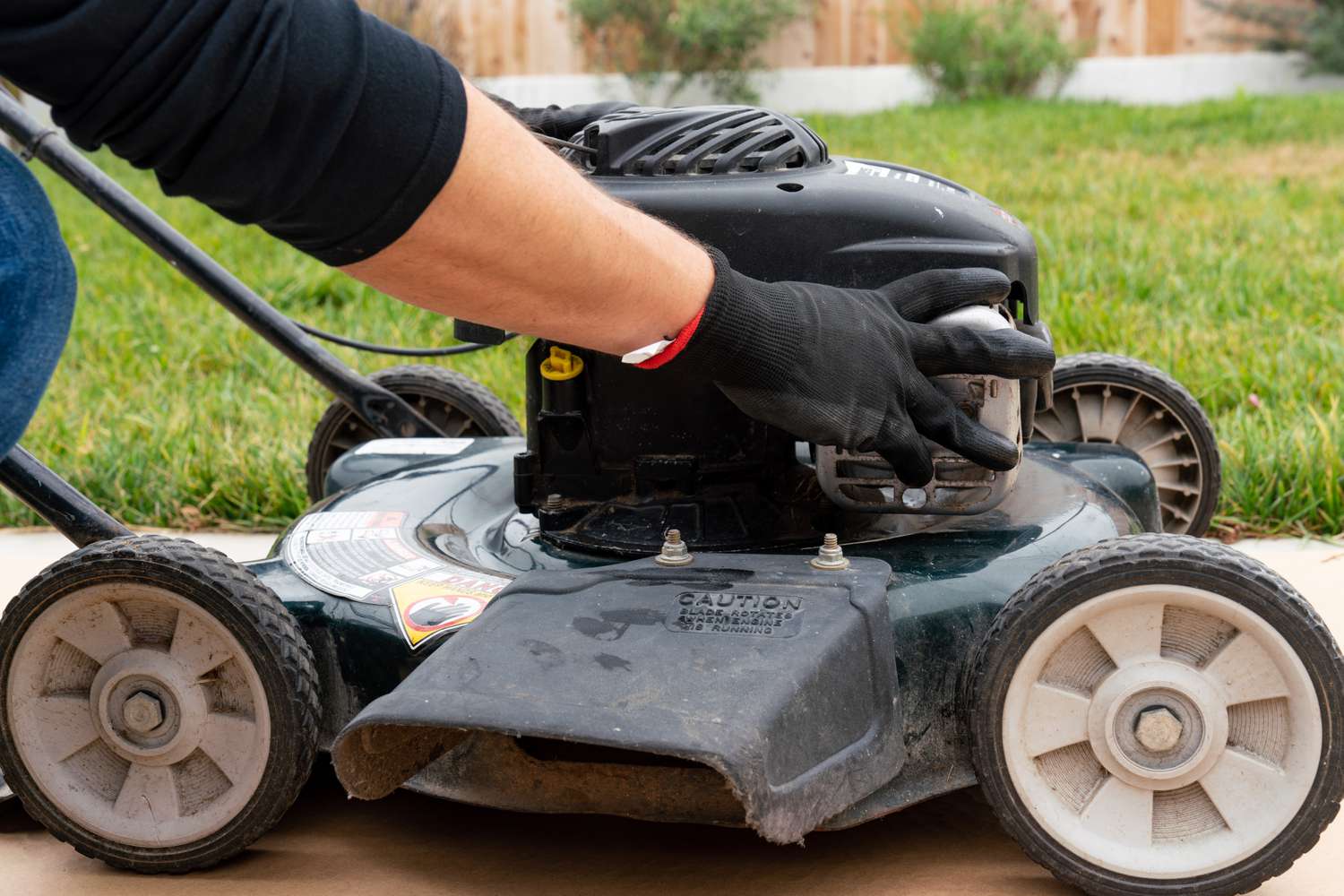
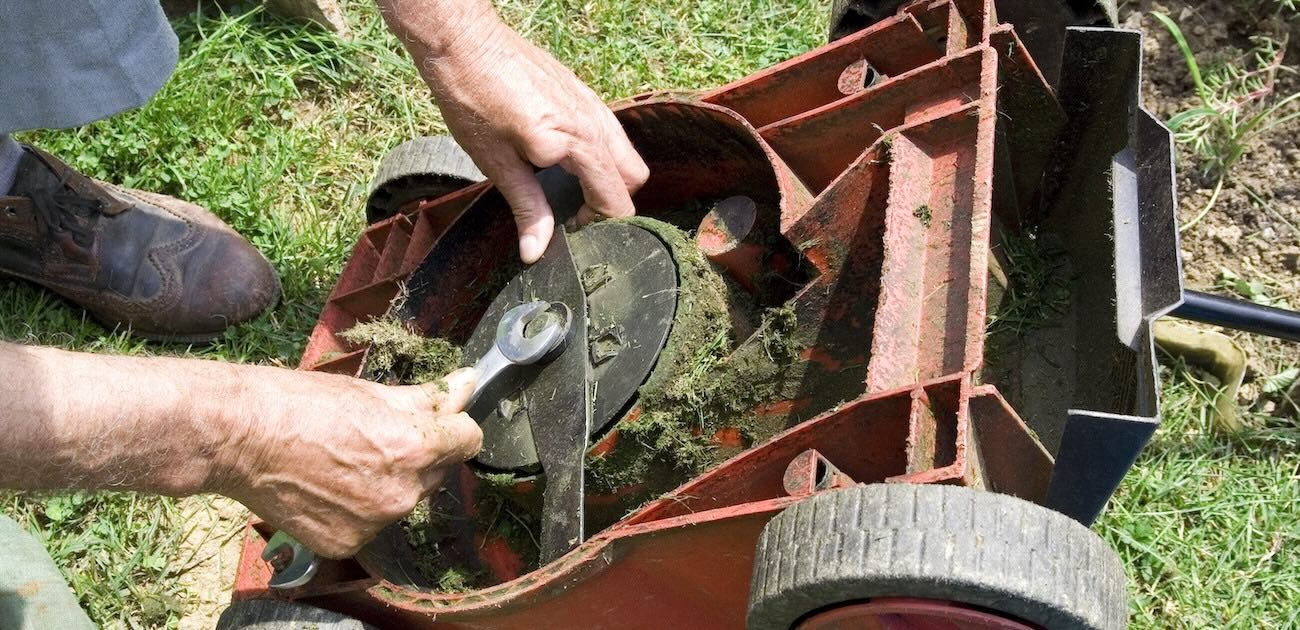
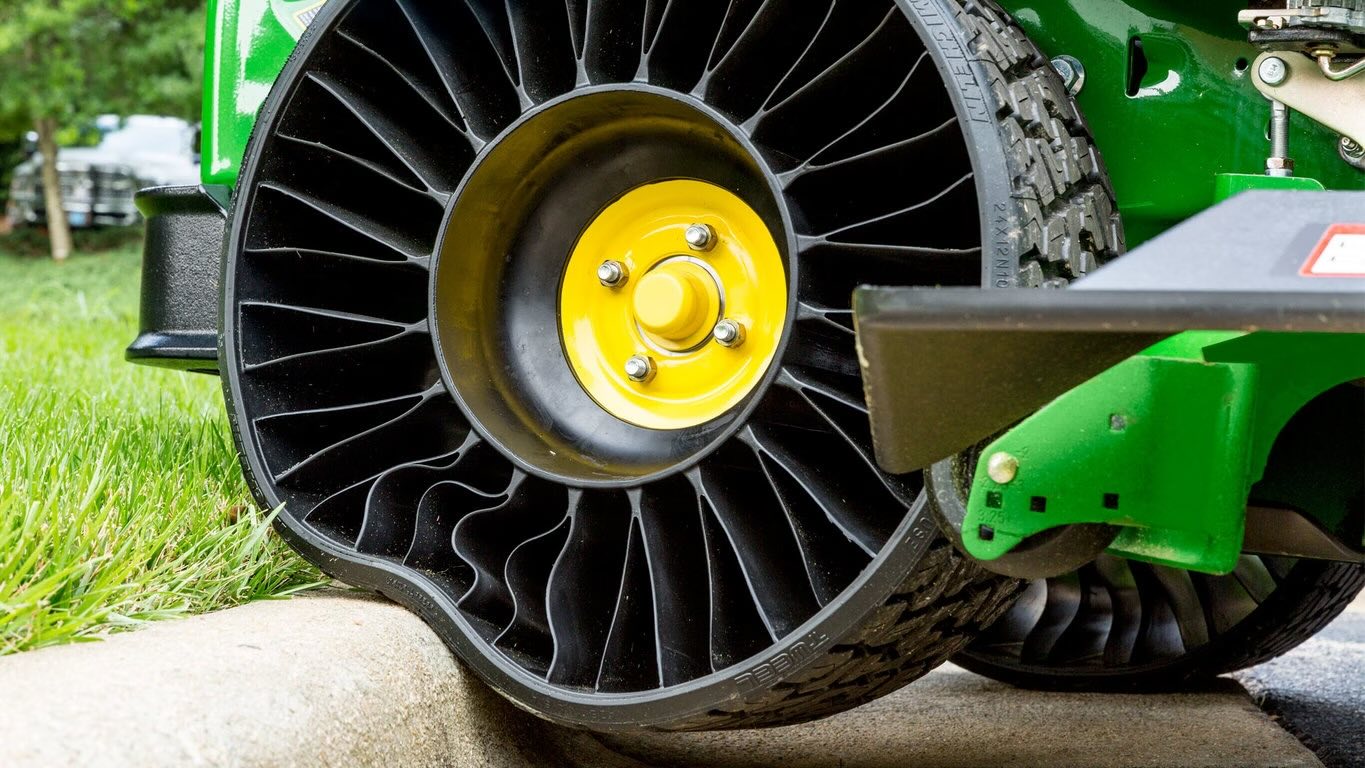

0 thoughts on “How To Turn On A Lawnmower”